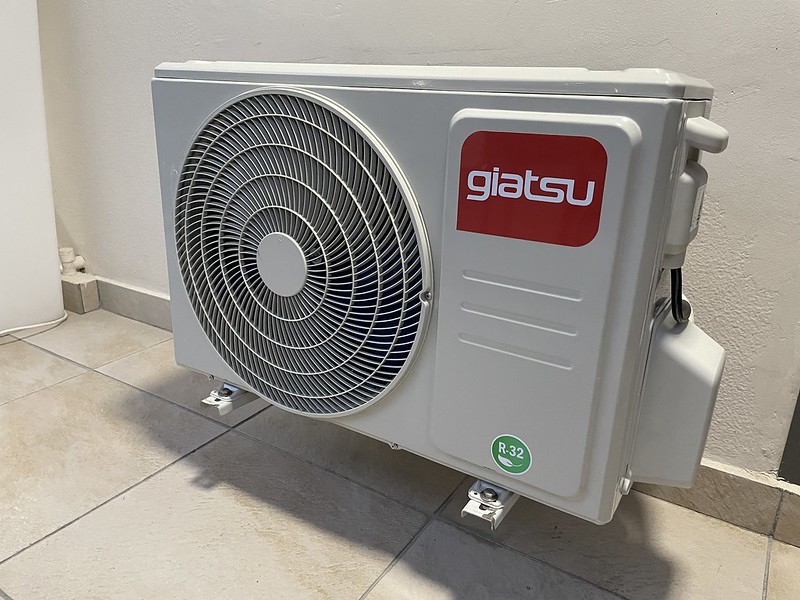When it comes to extending the line set of a mini-split air conditioning system, it is crucial to understand the importance of proper refrigerant charging. Mini-split systems are designed with specific line set lengths in mind, and extending the tubing can have a significant impact on the system’s performance and efficiency.
Extending the Mini-Split Line Set
-
Maximum Line Set Length: Each mini-split manufacturer specifies a maximum line set length for their systems, typically ranging from 50 to 75 feet per indoor unit. Exceeding this length can lead to issues with refrigerant flow, system capacity, and overall performance.
-
Refrigerant Addition: When extending the line set, you will need to add additional refrigerant to the system. The factory charge is only designed for the shorter line set, and the extended length will require more refrigerant to maintain proper system operation.
-
Manufacturer Specifications: It is essential to consult the manufacturer’s specifications for the outdoor unit model to determine the maximum line set length and the exact amount of additional refrigerant required. This information is crucial to ensure the system operates as intended.
-
Line Set Materials: The extended line set should be made of the same copper tubing material as the original line set. Using different materials can lead to compatibility issues and potential leaks.
-
Flare Fittings: To connect the new line set to the existing one, you will need to use a male-to-male flare fitting. Ensure a proper flare is made on both ends of the new line set to prevent leaks.
-
Evacuation and Leak Testing: After extending the line set, the entire system must be evacuated to remove any non-condensable gases or moisture. Perform a thorough leak test to ensure the integrity of the connections.
Charging the Mini-Split System
-
VRF and EEV Technology: Most modern mini-split systems utilize Variable Refrigerant Flow (VRF) technology and Electronic Expansion Valves (EEVs). These components allow the system to dynamically adjust the refrigerant flow based on the cooling or heating demand.
-
Charging by Weight: Due to the complex nature of VRF and EEV systems, charging the mini-split by weight is the preferred method. This ensures accurate refrigerant measurement and prevents overcharging or undercharging, which can lead to system performance issues.
-
Refrigerant Measurement: Carefully measure the additional refrigerant required based on the manufacturer’s specifications for the extended line set length. Use a high-quality refrigerant scale to ensure precise measurements.
-
Charging Procedure: Follow the manufacturer’s recommended charging procedure, which may involve using the superheat or subcooling method to verify the proper refrigerant charge.
-
Pressure and Temperature Monitoring: During the charging process, closely monitor the system’s pressures and temperatures to ensure the refrigerant charge is within the manufacturer’s recommended range.
-
Leak Detection: After charging, perform a thorough leak test using a leak detector to ensure the integrity of the entire system, including the extended line set.
By following these detailed steps and adhering to the manufacturer’s guidelines, you can successfully extend the mini-split line set and ensure the system is properly charged, maintaining its efficiency and performance.

